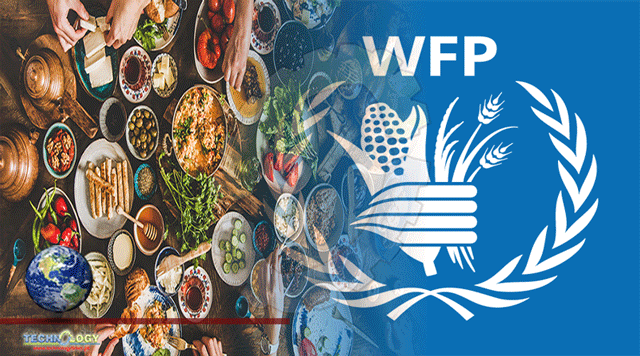BERNARDSVILLE, New Jersey — The Tigray region of Ethiopia is facing an extreme famine, as hundreds of thousands are at risk of starvation. Recently, the United Nations’ World Food Program (WFP) has been working towards a solution. To help those affected by the Tigray famine, the WFP sent a thousand metric tons of food to the area in July.

The Current Situation in Tigray
The Tigray famine has been approaching dramatically in the past months. By the end of June, approximately 350,000 people faced the “catastrophe” level of famine risk. This is the most extreme level of famine risk in Ethiopia. More than two million people are in the “emergency” phase just below that, and about 5.5 million people in total are facing some level of food insecurity. This amounts to about 60% of the region’s total population. Several factors are contributing to this situation, including the economic effects of the COVID-19 pandemic, but the conflict in Tigray is especially worsening the famine.
The conflict started last November and heavily impacted 2020’s harvest. It affected the region’s agriculture industry, which accounts for 80% of Tigrayans’ income. Soldiers from the neighboring country Eritrea have destroyed crops and livestock, further damaging the food and income source for so many people. Additionally, reports state that these forces are preventing aid from reaching certain areas of Tigray, although this has been denied by the governments of Ethiopia and Eritrea. Regardless, it is clear that the people of Tigray need help in combating this crisis. So, the U.N. has been providing aid.
What the WFP Is Doing
The WFP has been transporting food and supplies into Tigray to help the millions of people in need. The organization has been working in Ethiopia for more than 50 years helping refugees, providing nutritional supplements and creating school meal programs, amongst other efforts. Now, its commitment to providing food to vulnerable populations is especially relevant.
The organization recently sent 50 trucks to the capital city of Mekelle with nearly a thousand metric tons of food. This convoy, the first to reach Tigray since the WFP restarted its program after the conflict, will feed 200,000 Tigrayans for one week. To help with the continued delivery of food and supplies, the WFP is also increasing its storage area in Ethiopia, building facilities closer to the communities that need urgent help.
The road to food delivery has not been easy for the WFP. Most notably, the destruction of two bridges leading into Tigray forced the WFP to reroute its path to focus on the safety of its workers. The organization is also currently unable to transport any of the goods by air. This makes transportation much more difficult. However, the work they are doing is crucial in helping alleviate the consequences of this crisis.
More Needs To Be Done
The WFP and other aid organizations have taken huge steps in mitigating the effects of the Tigray famine. However, the WFP recognizes that more needs to be done. So, it has set more aid effort goals. In 2021, the WFP aims to provide aid to 11.9 million across the country. It is seeking $176 million for its efforts in Tigray alone. These goals give us hope that everyone affected by the Tigray famine will be helped soon.
Originally published by BORGEN